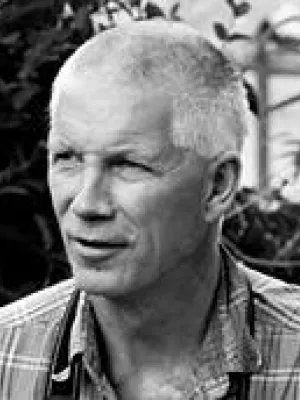
Jonas Ardö
Professor

Validation and comparison of two soil-vegetation-atmosphere transfer models for tropical Africa
Author
Summary, in English
This study aims to compare and validate two soil-vegetation-atmosphere-transfer (SVAT) schemes: TERRA-ML and the Community Land Model (CLM). Both SVAT schemes are run in standalone mode (decoupled from an atmospheric model) and forced with meteorological in-situ measurements obtained at several tropical African sites. Model performance is quantified by comparing simulated sensible and latent heat fluxes with eddy-covariance measurements. Our analysis indicates that the Community Land Model corresponds more closely to the micrometeorological observations, reflecting the advantages of the higher model complexity and physical realism. Deficiencies in TERRA-ML are addressed and its performance is improved: (1) adjusting input data (root depth) to region-specific values (tropical evergreen forest) resolves dry-season underestimation of evapotranspiration; (2) adjusting the leaf area index and albedo (depending on hard-coded model constants) resolves overestimations of both latent and sensible heat fluxes; and (3) an unrealistic flux partitioning caused by overestimated superficial water contents is reduced by adjusting the hydraulic conductivity parameterization. CLM is by default more versatile in its global application on different vegetation types and climates. On the other hand, with its lower degree of complexity, TERRA-ML is much less computationally demanding, which leads to faster calculation times in a coupled climate simulation.
Department/s
- Dept of Physical Geography and Ecosystem Science
- eSSENCE: The e-Science Collaboration
- BECC: Biodiversity and Ecosystem services in a Changing Climate
Publishing year
2012
Language
English
Pages
02013-02013
Publication/Series
Journal of Geophysical Research
Volume
117
Document type
Journal article
Publisher
Wiley-Blackwell
Topic
- Physical Geography
Status
Published
ISBN/ISSN/Other
- ISSN: 2156-2202

